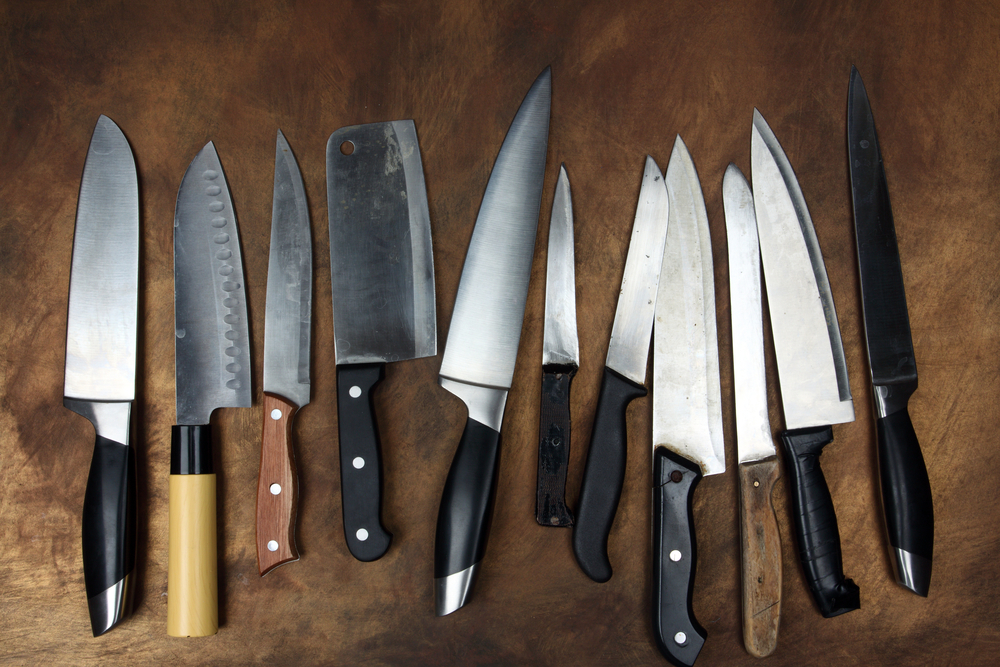A kitchen knife is one of the most important tools in cooking. Using the right knife for each task makes preparing food easier, faster, and safer. Different knives are designed for specific functions, from chopping vegetables to slicing bread. Understanding the purpose of each type helps you improve your cooking skills and extend the life of your knives.
Chef’s Knife: The All-Purpose Tool
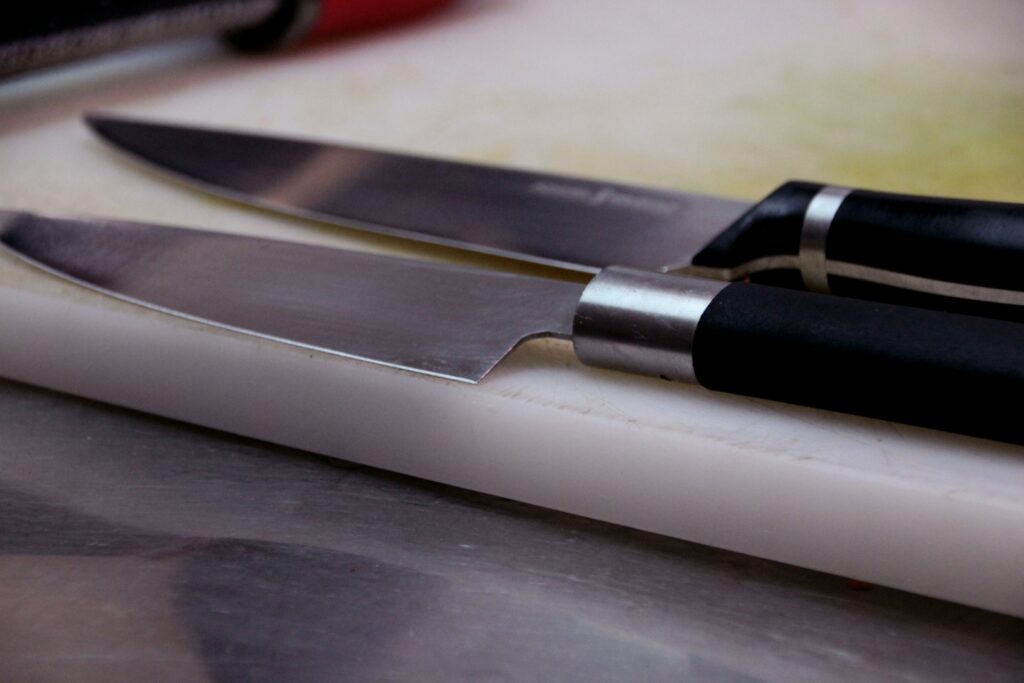
The chef’s knife is the most versatile knife in the kitchen. It usually has a blade length between six and ten inches, with a broad, curved shape that allows for rocking motions while cutting. This knife is designed for chopping, dicing, mincing, and slicing a wide range of foods. From cutting vegetables to preparing meat, the chef’s knife is often the go-to option for daily cooking tasks. Its balance and size make it comfortable for extended use.
Paring Knife: Best for Small Precision Tasks
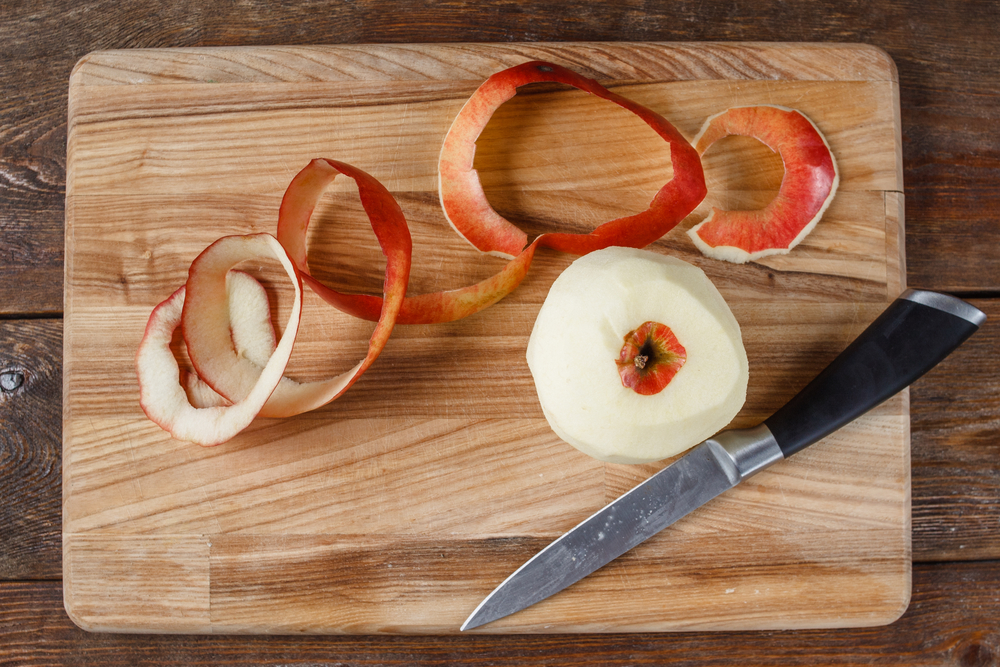
A paring knife is much smaller than a chef’s knife, usually with a blade around three to four inches long. Its design makes it perfect for tasks that require precision, such as peeling fruits, deveining shrimp, or trimming small vegetables. Because of its short blade, it allows for better control when handling delicate ingredients. A paring knife is also useful for coring, slicing small fruits, or creating decorative cuts.
Serrated Knife: Ideal for Bread and Soft Foods
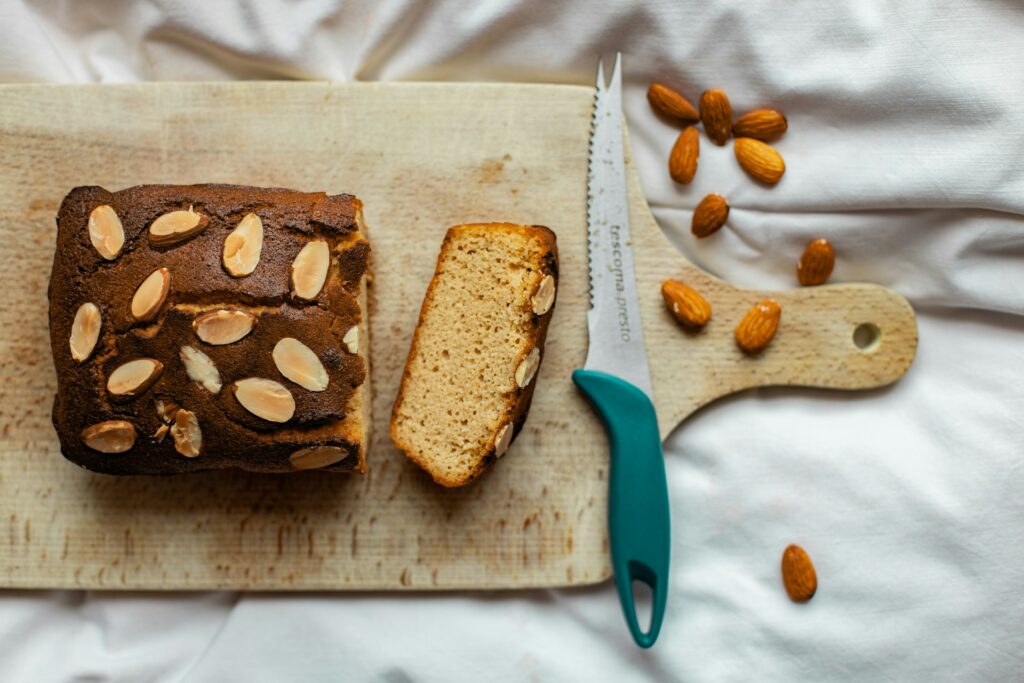
A serrated knife has a long blade with saw-like edges that grip food without crushing it. It is most commonly used as a bread knife because it slices through crusty loaves without squashing the soft interior. This knife is also excellent for cutting foods with tough exteriors and soft insides, such as tomatoes, citrus fruits, or cakes. The serrated edges reduce pressure on delicate items, making clean cuts easier.
Santoku Knife: A Japanese Alternative to the Chef’s Knife
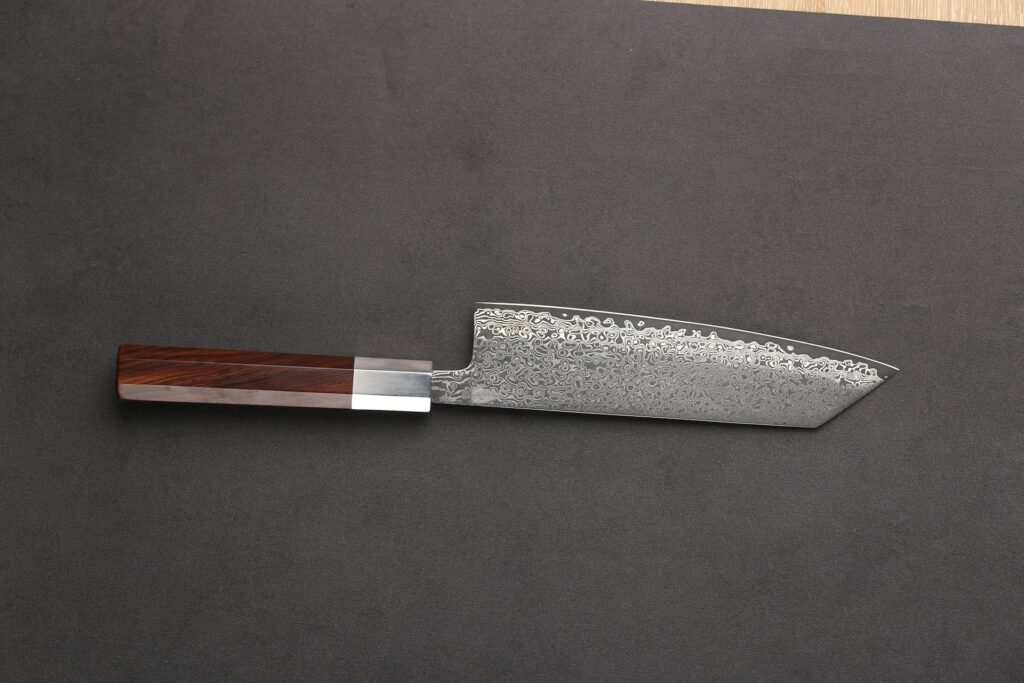
The santoku knife is similar to a chef’s knife but has a flatter blade with a slightly curved tip. It is often shorter, usually between five and seven inches. The word santoku means “three virtues,” referring to its ability to chop, slice, and dice effectively. It excels at fine chopping, especially with vegetables, herbs, and boneless meats. Many santoku knives feature small indentations along the blade to reduce food from sticking, which is helpful for precise cuts.
Utility Knife: The Middle Ground

A utility knife falls between a paring knife and a chef’s knife in size, with a blade length of about four to seven inches. It is a handy tool for tasks that are too small for a chef’s knife but too large for a paring knife. Utility knives are great for slicing sandwiches, cutting cheese, or slicing medium-sized fruits and vegetables. While not as versatile as a chef’s knife, it fills an important gap in the kitchen.
Carving Knife: Perfect for Meats
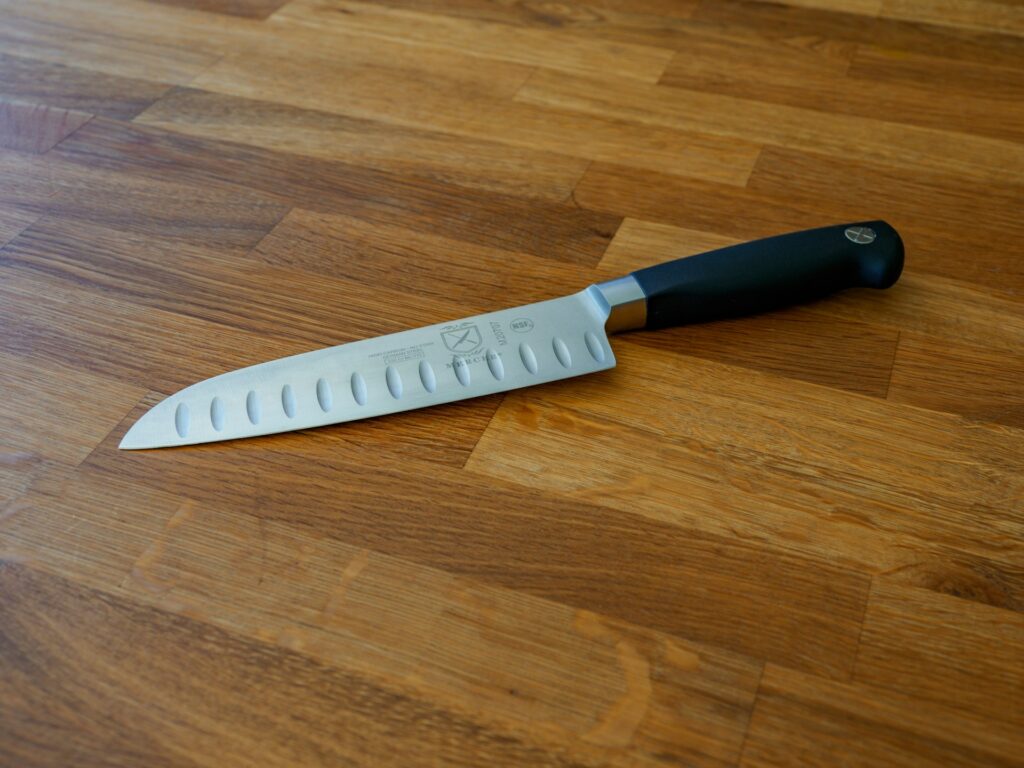
A carving knife has a long, thin blade designed for slicing cooked meats like turkey, chicken, roast beef, or ham. The slim shape reduces resistance, allowing for smooth, even slices. Some carving knives are slightly flexible, which helps in cutting around bones and joints. This knife is ideal for special occasions and family meals where presentation matters, as it produces neat slices with minimal tearing.
Boning Knife: For Removing Bones
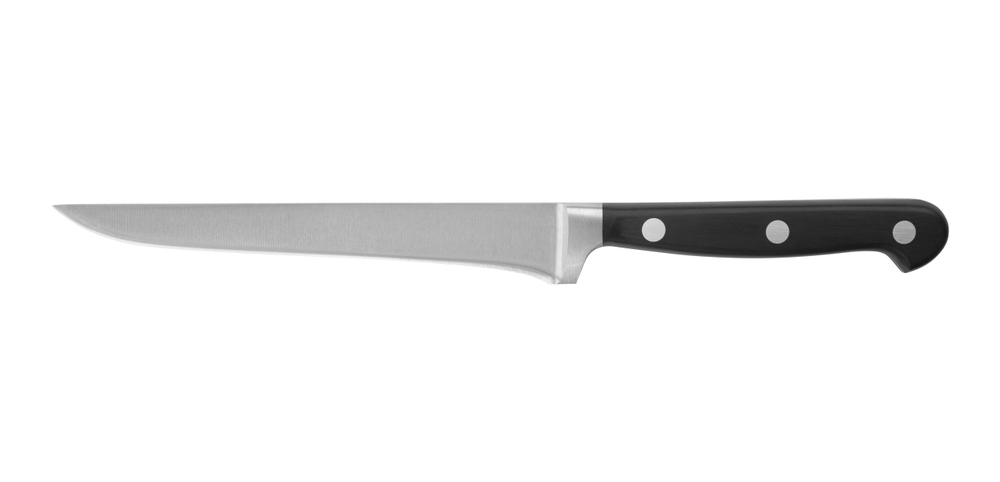
A boning knife is a specialized tool with a narrow, sharp blade designed for separating meat from bones. It can be either flexible or stiff, depending on the type of meat being prepared. Flexible boning knives work well for poultry and fish, while stiffer versions are better for red meat. This knife allows for precise cuts close to the bone, reducing waste and improving portion control.
Cleaver: The Heavy-Duty Chopper
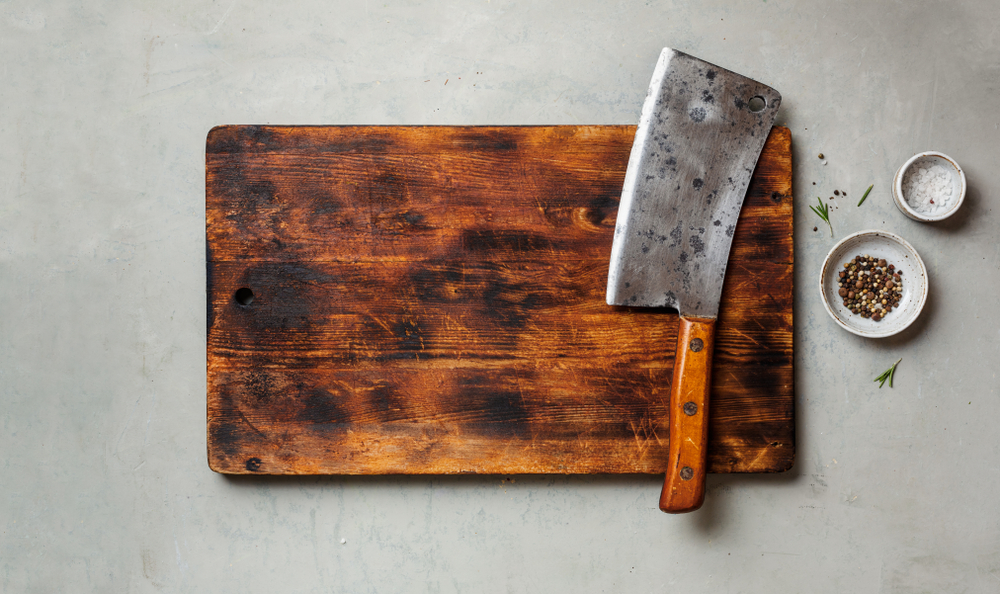
A cleaver is a large, heavy knife with a rectangular blade. It is mainly used for chopping through bones, joints, and thick cuts of meat. The weight of the cleaver allows it to break down tough ingredients with a single motion. In addition to butchering, cleavers are also useful for crushing garlic or ginger with the flat side of the blade. Although not used daily in every kitchen, it is invaluable when dealing with large cuts of meat.
Fillet Knife: Designed for Fish
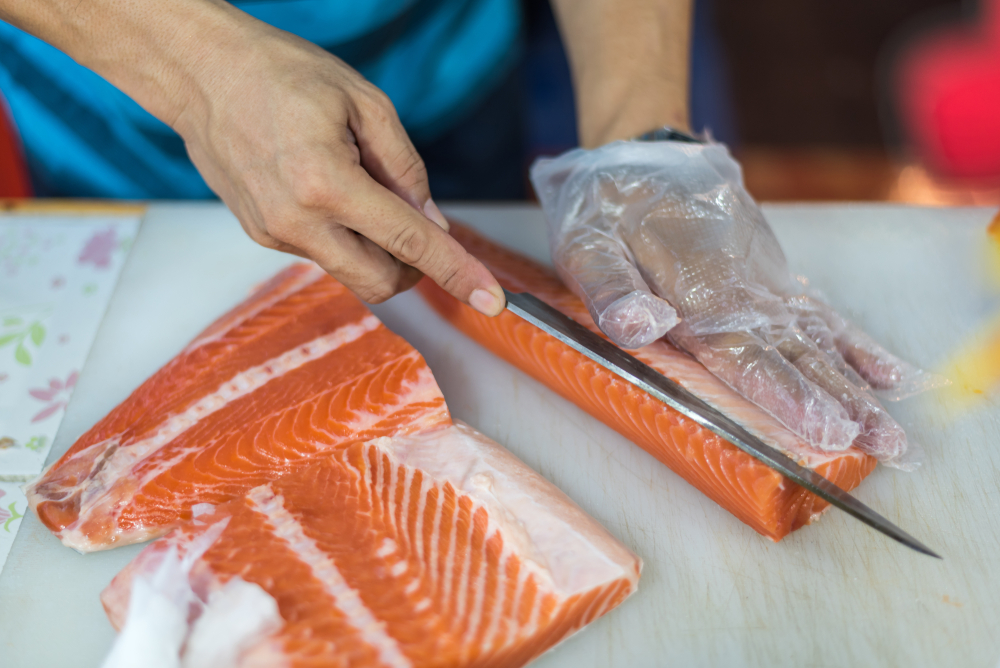
A fillet knife has a long, thin, and flexible blade that is perfect for filleting fish. Its design allows it to glide smoothly along bones and skin, producing clean, precise fillets. The flexibility helps in navigating delicate cuts without tearing the flesh. This knife is essential for anyone who regularly prepares fish at home.
Steak Knife: For the Table
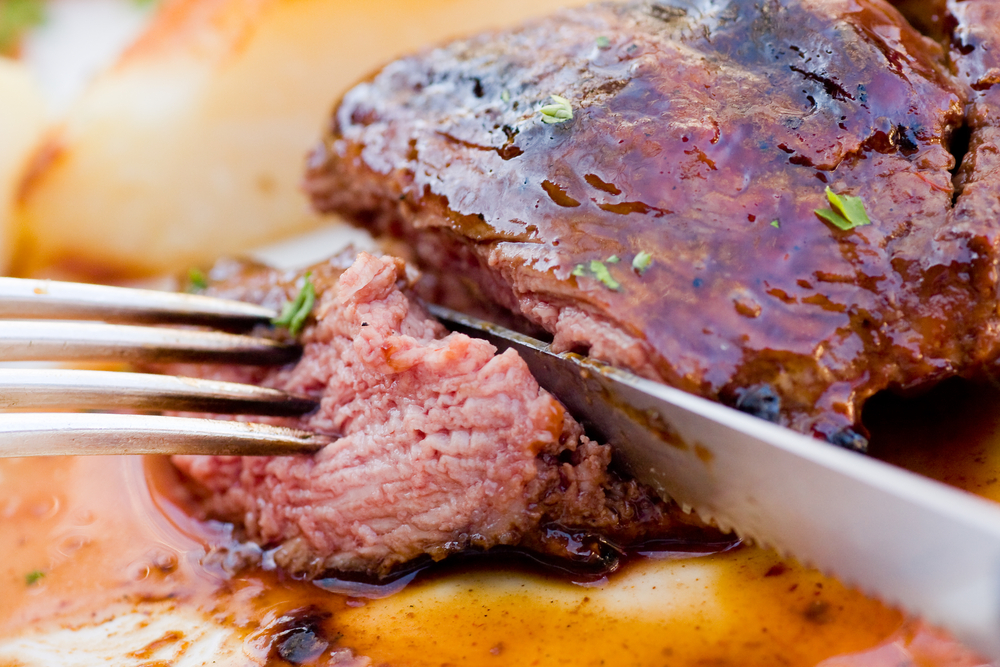
Steak knives are not for cooking but for serving. These small, sharp knives are designed for cutting cooked meat at the table. They often come with serrated edges that make it easy to slice through steaks, chops, and roasts without effort. A good set of steak knives enhances the dining experience and keeps other kitchen knives from being misused at the table.
Tomato Knife: Small but Effective
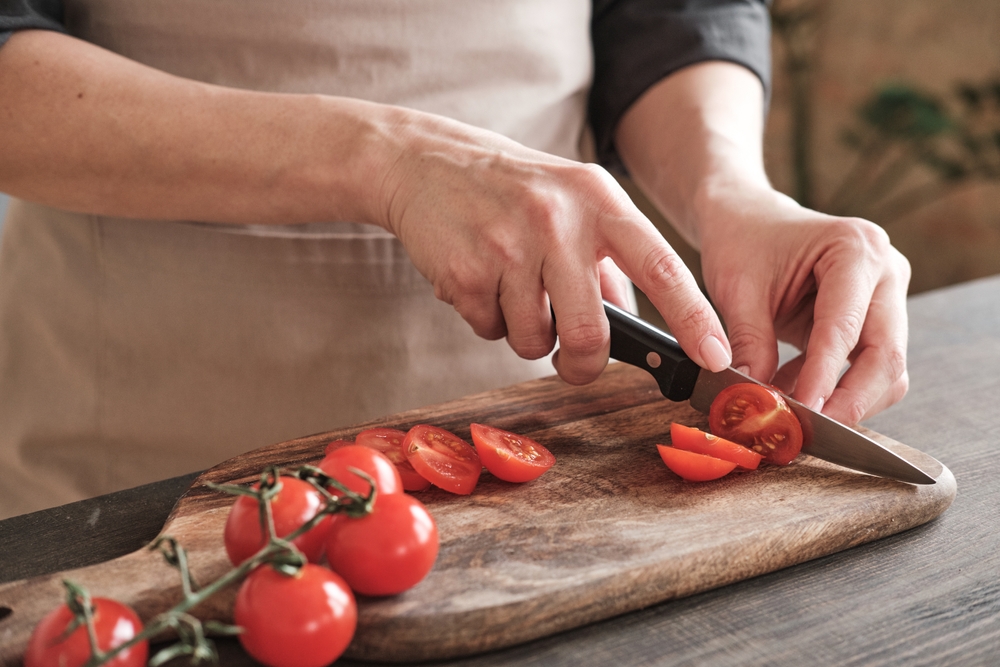
A tomato knife is a small serrated knife that slices through soft-skinned fruits and vegetables without squishing them. The serrated edge grips the smooth skin of tomatoes, peaches, or plums, while the sharp point allows for easy piercing. Some tomato knives also feature forked tips, useful for picking up slices after cutting.
Choosing the Right Knife for the Task
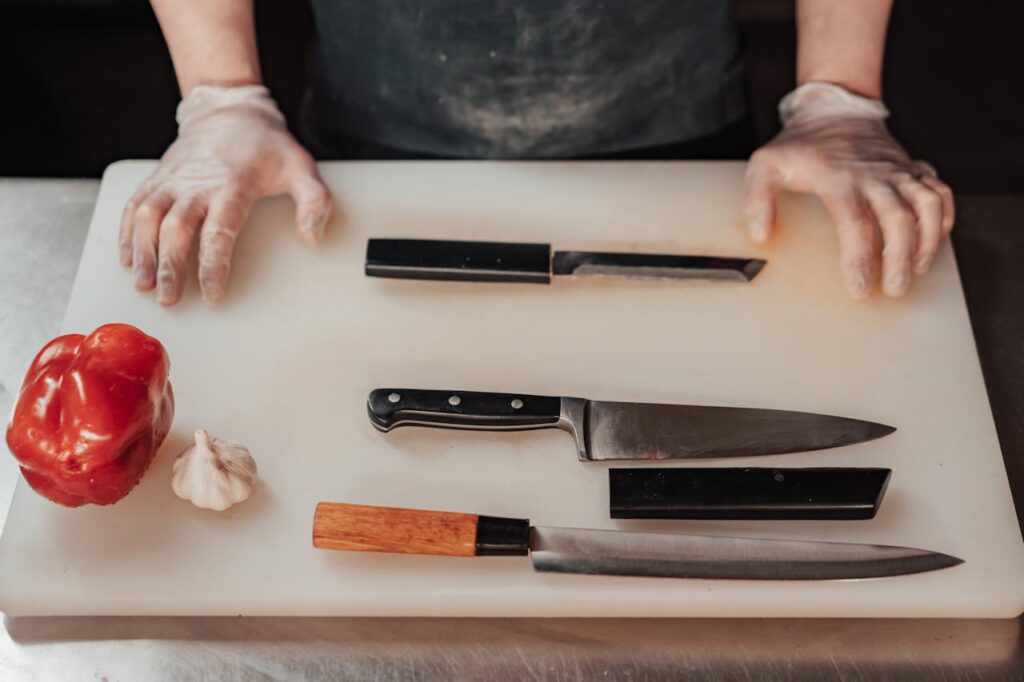
Every knife in the kitchen has a purpose, and using the correct one makes cooking easier, safer, and more enjoyable. A chef’s knife may handle most tasks, but specialized knives like the paring, serrated, and boning knives excel in situations where precision matters. By matching the right knife to the right job, you not only save time but also protect your ingredients and improve the quality of your meals. A well-rounded set of knives ensures you are prepared for any recipe, from slicing bread to carving a holiday roast.
Disclaimer: This article was created with AI assistance and edited by a human for accuracy and clarity.
